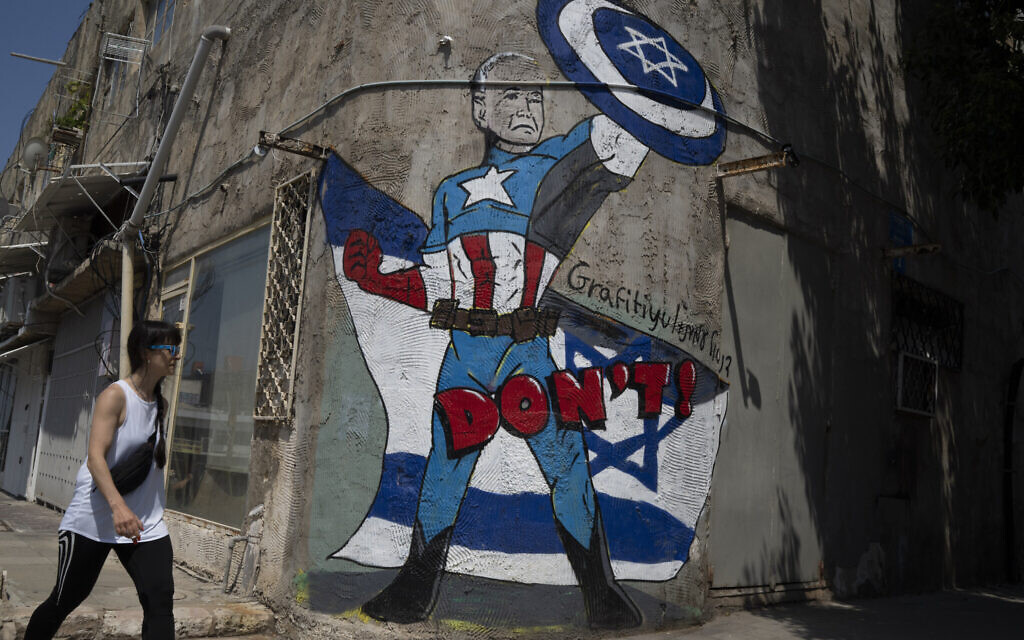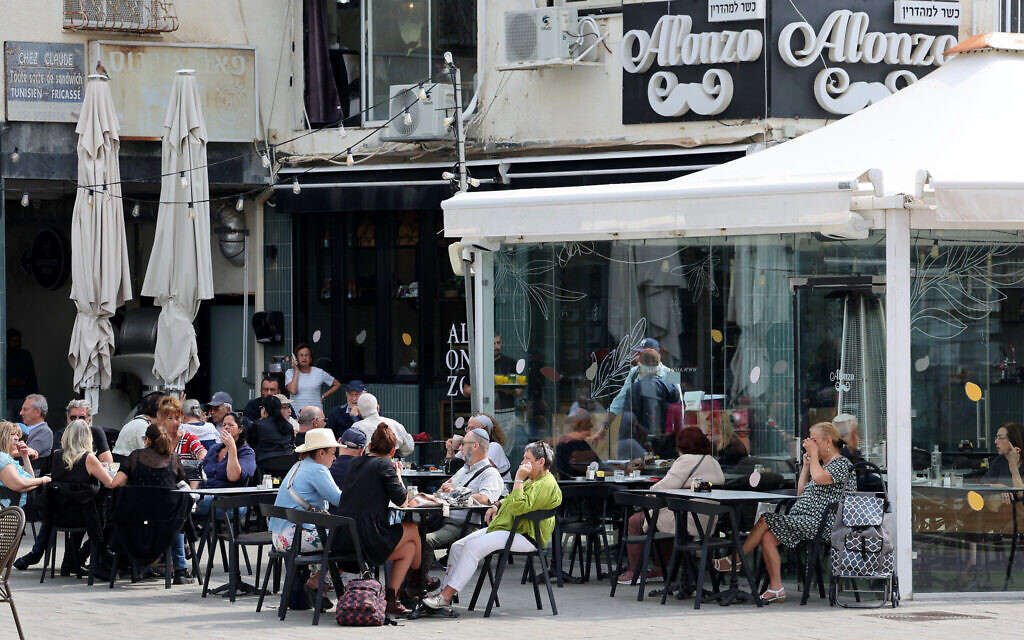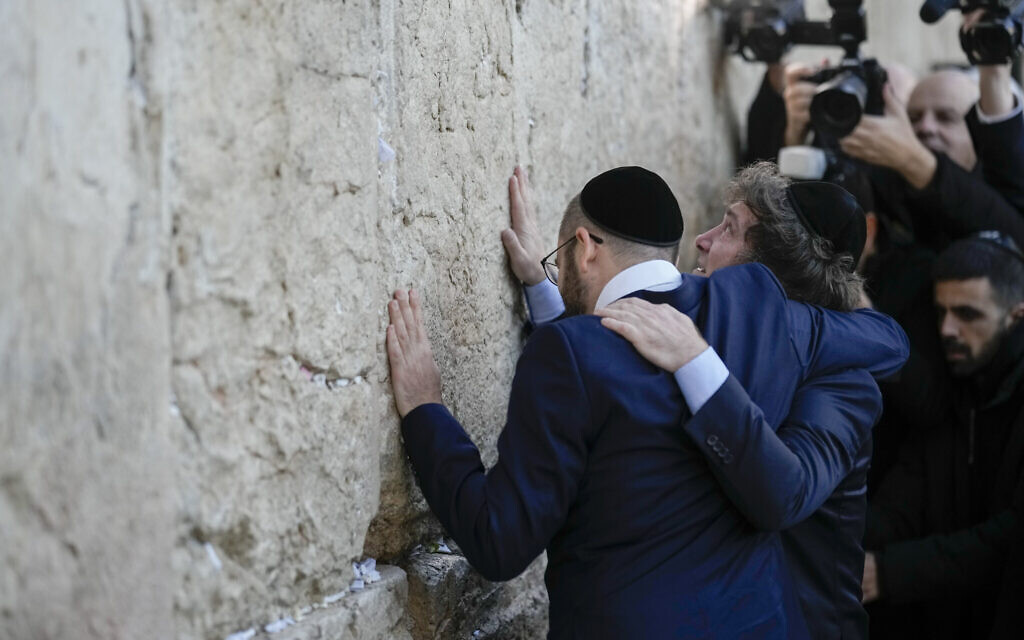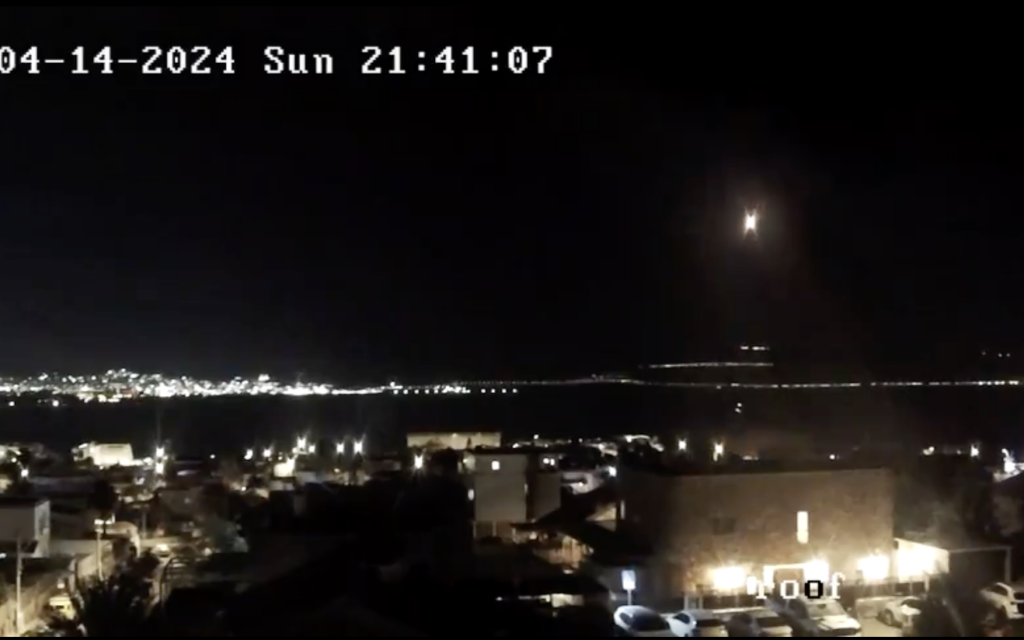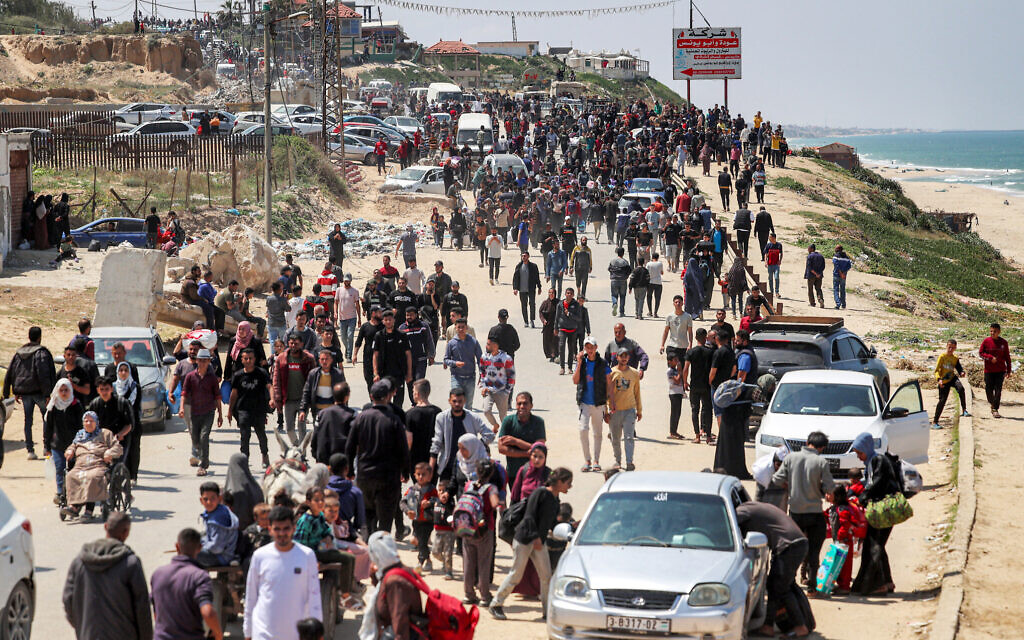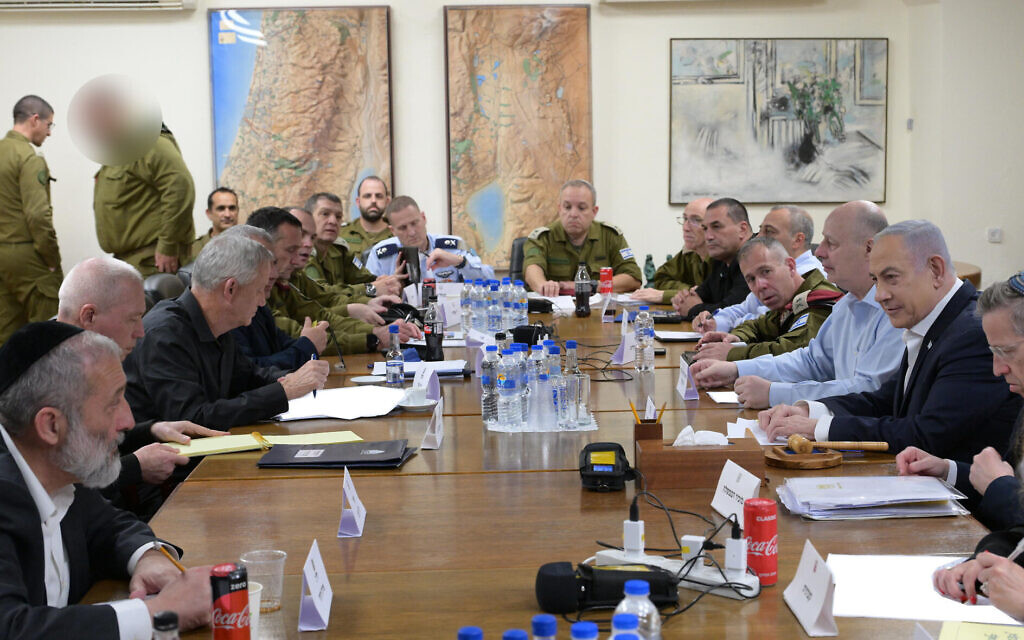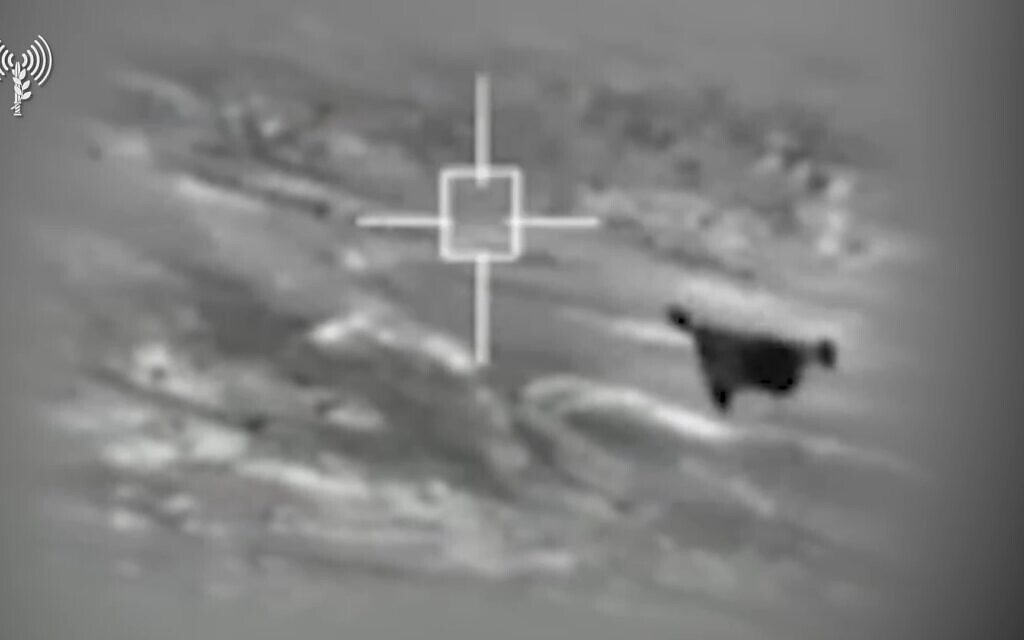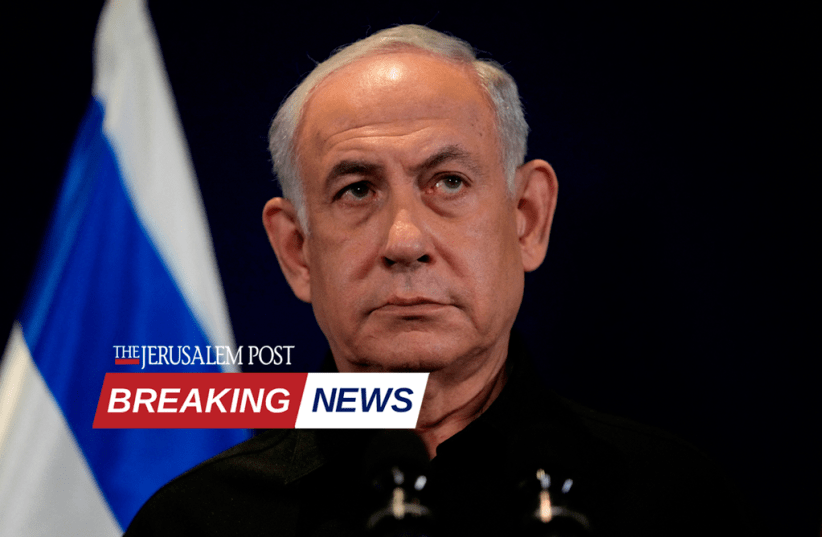by
Marc D. Silverstein, Chairman, Israel Action Committee
Last month at the AIPAC Policy Conference, writer Rachel Danzinger Sharansky interviewed her famous father, Natan Sharansky about his struggle for Soviet Jewry and its relevance for the struggles of Rachel’s generation. Rachel asks Natan, “How can we be expected to be united like you? In what ways do you think that your struggle is a relevant model for my generation today?”
A Very Very Jewish Type of Unity
Natan answered, “Well I’m sorry to disappoint you, my daughter, but I don’t think that our struggle was that type of unity that our neighbor or people are dreaming about. Of course it was one great victory and responsibility for the victory… credit for this victory goes to all the Jews in New York, to Israeli and American Jewry and we Jewish activists in Moscow, but on day to day from the inside it was a permanent competition of different Jewish organizations . . . organizations who suspected one another, who didn’t trust one
another, who accused one another of betraying our mutual cause so it was very, very Jewish type of unity.”
Everybody had a Place, Everybody had a Role
Later Natan continued, “If you look in retrospect on all these organizations who were competing and all these Jewish activists who had very strong opinions each of them had his place, each of them played a very important role. . . . Without the student activists, the establishment will just be silent, but without establishment who were mobilizing this huge financial and political support, our struggle would not have been effective. . . those Soviet Union [dissidents] who believed that our struggles had to be connected to human rights were broadening the number of our allies. Those who insisted that our struggles were about Zionism made sure that the first choice will be Israel. Those who were struggling for Jewish education were responsible for this unique network [Ulpan ] on the ground. So everybody had a place, everybody had a role.”
The Thread, Which Connects All Our Generations
After Rachel describes how she prepared her 5-year old son to be safe during the knife intifada, Natan concludes, “The generations of our family lived through the most exciting times in our history: the tragedy of the Holocaust; the creation of the State of Israel; the ingathering of the exiles; and then making Israel the center of Jewish life and fighting on left and right against those who want to demonize us. In these times three generations of our family all say to their five years old children there is evil, you have to know to recognize it, and you have to resist it. Maybe that is the thread, which connects all our
generations.”
(Photo credit: United with Israel)

